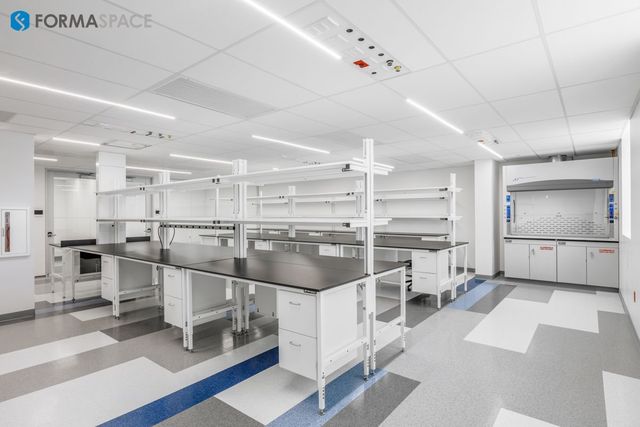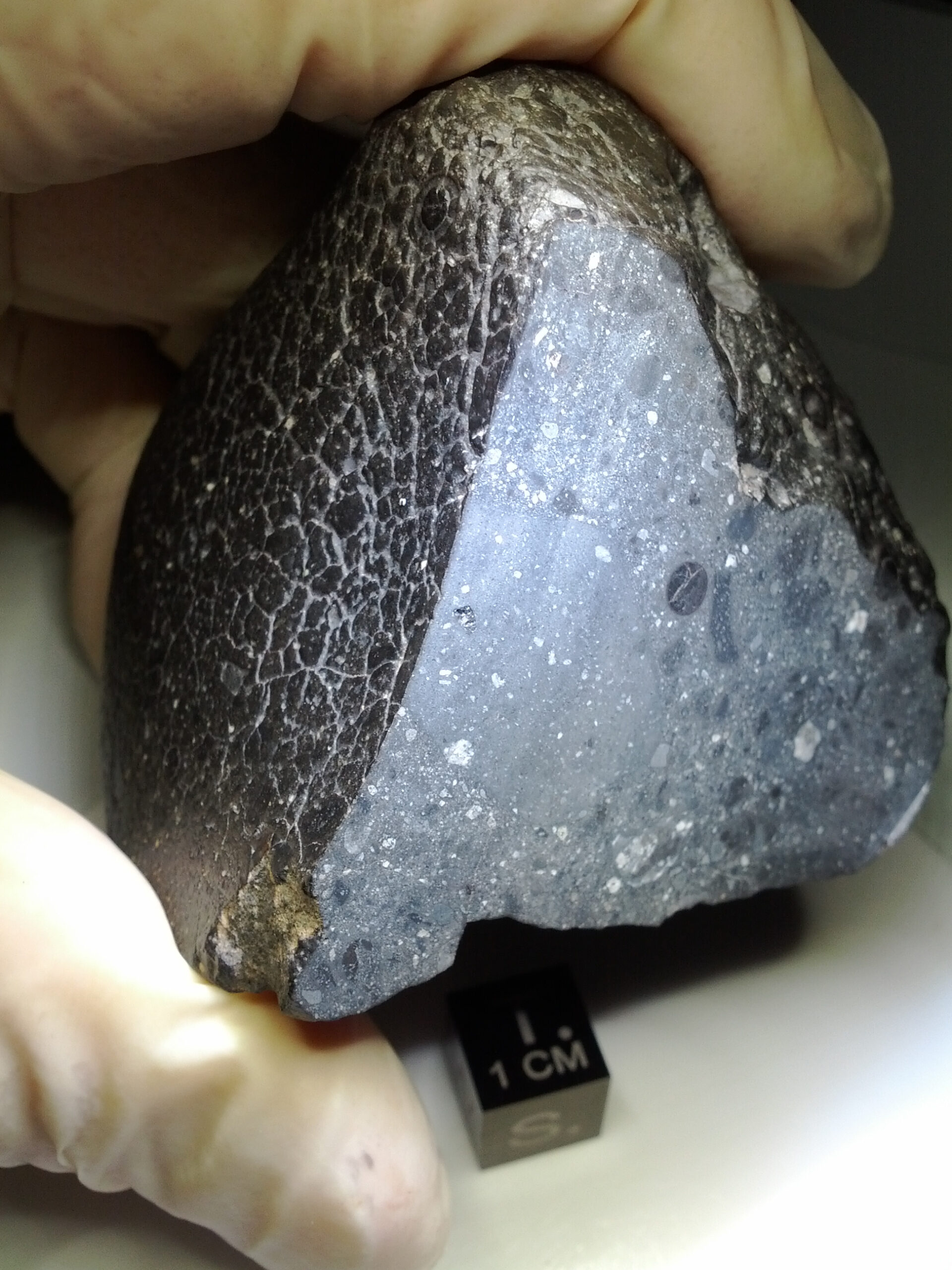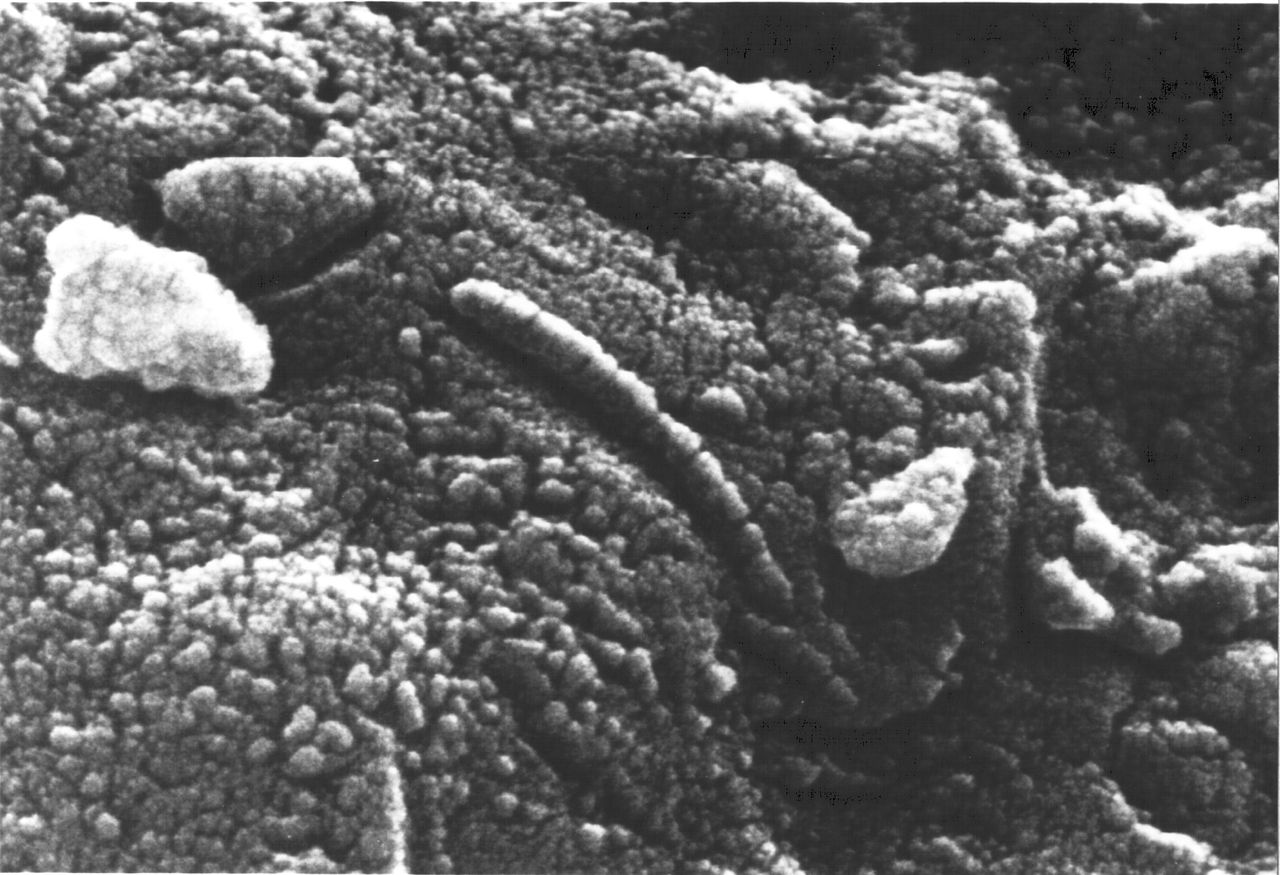Can Astrobiology Help Us Discover the Origins of the Building Blocks of Life?
What constitutes “life,” and how did it begin on Earth?
For centuries, this profound question has occupied inquisitive minds across many fields – from religion and philosophy to biology and organic chemistry.
Today we call the branch of science dedicated to understanding how life came to exist in the cosmos Astrobiology, which seeks to find answers to questions such as:
- How did life begin on Earth?
- Does life exist in other worlds?
- If so, what is the connection between life here on Earth and life in space?

Despite Many Missions to Explore Mars, Finding Contemporary Signs of Life on the Red Planet Remains a Challenge
Over the years, we’ve sent mission after mission to Mars, seeking answers to these questions.
Despite increasingly clever exploration technology exploring the surface of Mars (including the Perseverance Rover or the Ingenuity Mars Helicopter), astrobiologists haven’t been able to decisively say they have found concrete evidence of current signs of life on the red planet.
Part of the difficulty lies with the extremely harsh conditions. Compared to Earth, Mars has a very thin atmosphere and a weak magnetic field, which means ionizing radiation from the sun blasts the surface every Martian day – drying up the surface and most likely destroying evidence of any organic compounds.
But astrobiology scientists are not giving up. One approach is to look at rock formations on Earth that have similar conditions as Mars; one such place is the Moon Valley in the Atacama Desert in Chile, where researchers are looking at carbonate rock formations to better understand how to identify biomarkers that would indicate signs of life. Another possibility is to equip future exploration missions with the capability to dig deep under the Martian surface to look for signs of water, amino acids, and other organic compounds; however, this might require first building the drilling equipment on the Moon, perhaps as a future extension of the Artemis program.

The New James Webb Space Telescope (JWST) Takes Space Imaging to the Next Level
Maybe there is another way to go about this.
Infrared observations from the new James Webb Space Telescope (JWST) have not only brought us breathtaking new imagery from across the cosmos (including the oldest galaxy we’ve ever seen before), it could transform how we look for signs of the building blocks of life.
For example, the JWST can analyze the atmospheric conditions on remote planets and moons to identify which ones have atmospheric conditions that could support life.
A case in point is the relatively nearby planet Trappist-1e (only 39 light years away), long considered to be a candidate for life on another planet due to its Earth-like conditions. JWST sensors will be trained on Trappist-1e to identify key biosignatures, including atmospheric levels of carbon dioxide, methane, and water vapor.
The engineering behind the James Web Space Telescope is astounding, and the fact that it worked as promised is simply amazing, given that it had nearly 350 potential “single point of failure” modes during launch and deployment. Part of the complication comes from the nature of an infrared telescope itself – which must be shaded from the searing heat of solar radiation that would distort the images gathered by the infrared sensors.
However, we’re not out of the woods yet.
The JWST is large, making it a good target for meteorites, and unfortunately, one recently made a direct hit on one of the telescope’s panels, which may result in permanent degradation in that region.

Are Meteorites a Source of the Building Blocks of Life on Earth?
That’s a good segue to our next topic, meteorites, particularly the ones that have crash-landed on Earth.
Can they help us discover the origins of life?
This is both an exciting and controversial topic.
Perhaps the most consequential example to date is the discovery and analysis of the so-called “Black Beauty” meteorite discovered in Western Sahara in 2011, known by its scientific name NWA 7034. Its shiny black surface (basaltic breccia) is reminiscent of the Rosetta Stone in the British Museum.
NWA 7034 has an extraordinary history, first on Mars, then here on Earth.

The current theory suggests that it was formed over 2 billion years ago when a massive body collided with the surface of Mars, causing this rock to land about 30 miles away. Millions of years later, it was hit by another meteorite, and then by a third one, which sent the rock into space where it fell into Earth’s atmosphere – landing on the surface of the Sahara Desert in Western Africa.
Recently, researchers at the Pawsey Supercomputing Research Centre in Australia used an artificial intelligence algorithm to try to identify exactly where the “Black Beauty” was created on Mars. They think they are found the original site of the initial impact as well as the site of the secondary impact that launched the satellite into space and then to Earth.

As amazing as its origin story is, that’s not all that sets Black Beauty apart from other meteorites. Researchers looking at oxygen and hydrogen isotopes within the meteorite have discovered that it contains an order of magnitude more water than other similar meteorites.
What does this mean for life on Mars? It could indicate that water was present on the red planet some 2 billion years ago.
Can Life’s Building Blocks Form (or Grow) in Outer Space?
In late 2020, Japan’s Hayabusa2 mission captured physical samples from the surface of an asteroid in space, known as the C-type asteroid 162173 Ryugu, and brought it back to Earth in a hermetically sealed container for study at the Extraterrestrial Sample Curation Center (ESCuC) in Sagamihara, Japan.
The samples are small (just 5.4 grams) but could reveal important information about how the building blocks of life could bounce around the cosmos.
Indeed, the initial studies of the asteroid sample point to the possibility that it contains significant amounts of non-protein amino acids.
Finding these kinds of amino acids in space helps further the possibility that asteroids and meteorites have brought compounds, including possibly DNA or RNA, to different planets, including Earth – possibly providing a “kick-start” to the development of life across the solar system and beyond.
There’s even a well-developed hypothesis, known as the RNA World Theory, that life was formed on Earth (and possibly on other hospitable planets) thanks to the arrival of a single self-replicated RNA molecule.

The Cautionary Tale of the Allan Hills Meteorite
So… if planetary meteorite collisions can send rocks from one planet to another, it seems like a simple exercise to look at possible sources (such as meteorites) for signs of life, right?
It should be fairly straightforward to identify the presence of amino acids, evidence of DNA or RNA, or even the signs of life itself, such as fossilized bacteria, right?
The answer is “yet, but.”
It’s easy for our desire to find evidence of life to exceed our grasp in a scientific sense.
Here is a cautionary tale illustrating the issue.
Back in 1996, President Clinton strode to the South Lawn of the White House and made a stunning announcement to the nation. He said that researchers now believed they had discovered evidence of alien life – strange bacteria-like fossilized structures – within the Martian meteorite Allen Hills 84001 that was found in Antarctica in 1984.

The public reaction ranged from shock to outrage, to acceptance, to agreement that alien life has always been among us.
But the scientific community was not in 100% agreement.
Was this a fossilized life form, or could some other unusual, unique process be responsible for creating these unique life-like forms?
The debate has continued since President Clinton made his surprise announcement back in 1996.
This year, researchers published a new paper that points to an abiotic (e.g. not life-based) explanation of how these unique forms were created within Allan Hills 84001.
Is the debate settled? No, but as we’ve written in our recent article “Can STEM Education Fight Scientific Illiteracy?” that’s the beauty of the scientific theory – our understanding of science evolves as we test more theories and develop new scientific principles.
We need to continue making more discoveries and observations to settle these questions –
and we need better laboratory test equipment and techniques.

Better Laboratory Test Equipment is on the Horizon
Can we develop better equipment to identify the building blocks of life in space?
One group that is developing sophisticated test equipment is at the University of Bern in Switzerland. Their new ORIGIN test equipment can perform direct analysis of samples without a lot of sample preparation by using powerful pulse lasers.
Here on Earth, we are also seeing major advances in visualizing the tiniest structures, such as RNA.
Researchers at the Wyss Institute for Biologically Inspired Engineering at Harvard are developing new techniques to study fragile RNA strands. The approach, dubbed ROCK, essentially doubles the weight of the wiggly RNA strands (through a nano process) so they can be studied with a cryo-electron microscope (cryo-EM). The result is astounding, providing near-atomic resolution images of RNA structures.
Concerns over Contamination that Could Invalidate Space Science Discoveries (or Worse…)
Contamination is always a risk in laboratory experiments, but the consequences of contamination during space exploration or laboratory analysis of specimens collected in outer space are very serious.
On the one hand, accidental contamination could invalidate laboratory samples brought to Earth at an enormous cost of money and time – placing a cloud on any discoveries where contamination could be a factor.
Worse, bringing life from Earth to a planet or asteroid in space could have unknown but devastating consequences.
The same is true of bringing alien life to Earth, just listen to the 1938 recording of H.G. Well’s War of the Worlds, which was first published as a serialized story in the late 1800s.

More recently, scientists were alarmed to find the unexplained presence of microbes and bacterial growth in the Space Station.
To date, four strains of bacteria from the Methylobacteriaceae family have been identified on the station.
Exciting Future Space Missions, including a Return to the Moon, a Visit to Saturn’s Biggest Moon Titan – and Beyond
Will future space missions will help us uncover the secrets of life across the universe?
The rate of activity is increasing… so we can be hopeful.
NASA is making headway with its international Artemis program, which will bring humans back to the Moon (on a new moon base) and later send them to Mars. Progress has been slow, but the Orion space capsule, which will bring the crew to the Moon, will undergo unmanned test flights this fall.
Meanwhile, engineers at Johns Hopkins Applied Physics Lab are developing Dragonfly, a new class of flying exploration vehicles that will be sent to Saturn’s largest moon, Titan, to explore its suitability for hosting life, including the study of its surface composition, atmosphere, geology, and unique chemistry.
The mission is scheduled to fly in 2027 as part of the New Frontiers program Mission 4.
Formaspace is Your Partner for Laboratory Science
If you can imagine it, we can build it, here at our factory headquarter in Austin, Texas.
Why not contact your Formaspace Design Consultant today and find out how we can help make your next laboratory project a success?













